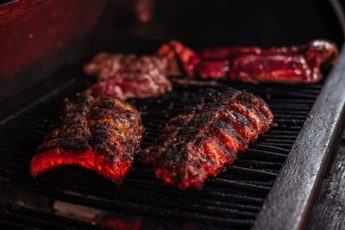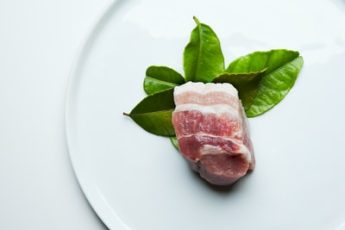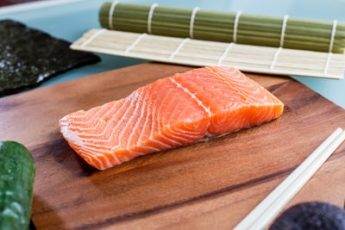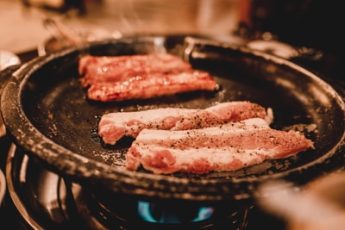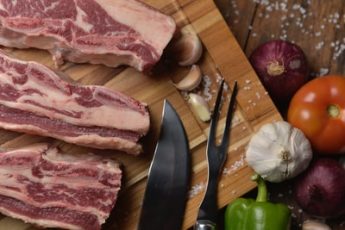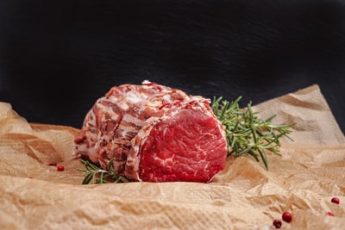Calibration is an essential part of cooking. If your meat thermometer is not accurate, it may result in overcooking or even burning your food. There are several ways to calibrate your meat thermometer. In most cases, it only takes a few seconds to do and will help ensure that you are cooking your meat to the right temperature.
Food thermometers are used in commercial kitchens
Food thermometers are widely used in commercial kitchens to ensure that food is cooked to the proper temperature. They are very useful in measuring the temperature of meat, eggs, and other foods. These devices can be programmable to emit a beep when the food reaches a specified temperature. They can also measure the temperature of liquids. These devices are very convenient to use, as they have a short read time, which is convenient for quick temperature checks.
| Image | Price | Buy | Prime | Title |
|---|---|---|---|---|
Top Top
Top | Buy Now | PrimeEligible | MEATER SE: Smart Bluetooth Meat Thermometer | Long Wireless Range | for Oven, Grill, Kitchen, BBQ, Smoker, Air Fryer | Step-by-Step Recipes in App | Dual Sensors | Black Charger [2024 Release] | |
 Top
Top | Buy Now | PrimeEligible | MEATER Pro: Smart Bluetooth Wireless Meat Thermometer Digital | 1000°F Heat Resistance | Long Range | Certified Accuracy | BBQ, Oven, Grill, Smoker, Air Fryer, Deep Fryer | 50+ Recipes in App | |
 Top
Top | Buy Now | PrimeEligible | MEATER Block: WiFi Smart Wireless Meat Thermometer | 4 Probes, Long Range | Perfect for BBQ, Oven, Grill, Kitchen, Smoker, Air Fryer | Apple Watch, Alexa Compatible | iOS & Android App | |
 Top
Top | Buy Now | PrimeEligible | Wireless Meat Thermometer Digital: Smart Multi Sensors Accuracy Bluetooth WiFi Food Thermometer with Ultra-Thin Probes for Cooking, BBQ,Oven, Grill, Smoker, Heat Resistance| Long Range| Fast Charging | |
 Top
Top | Buy Now | PrimeEligible | MEATER | The Original True Wireless Smart Meat Thermometer for the Oven Grill Kitchen BBQ Smoker Rotisserie with Bluetooth and WiFi Digital Connectivity | |
 Top
Top | Buy Now | PrimeEligible | ThermoPro TempSpike Plus 600FT Wireless Meat Thermometer with Upgraded Ultra-Thin Probe, Bluetooth Meat Thermometer Wireless for Outside Grill, Smoker Thermometer for BBQ Oven Rotisserie Sous Vide |
As an Amazon Associate we earn from qualifying purchases.
There are many different types of thermometers available in the market. These include the bimetal thermometer and the dial thermometer. Bimetal thermometers are a popular choice for commercial kitchens as they are easy to use and come with alarms. They are durable and do not require batteries and are also safe to use in commercial dishwashers.
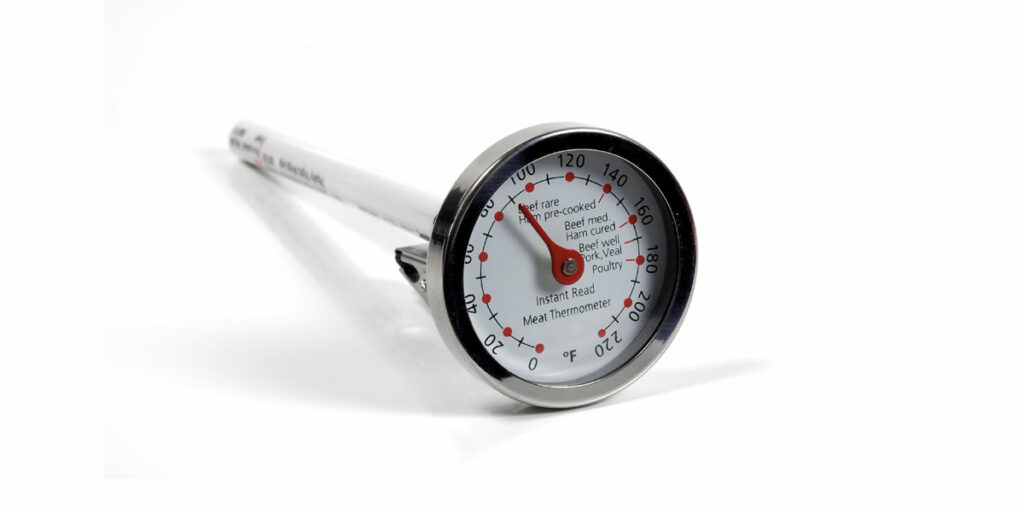
A bimetallic-coil thermometer measures the temperature of a food by detecting the temperature along a coil. It is important to place the thermometer at the center of a food towards the end of cooking time because the center of the food is usually cooler than its outer surface. Food thermometers should be cleaned thoroughly with hot soap and water before using. Deep-fry thermometers can measure temperatures of foods ranging from 100deg F to 400deg F.
They are slow and hard to read
A meat thermometer is a tool that helps you determine the internal temperature of meat. You can use it on high or low heat to ensure that the meat is cooked to a desired internal temperature. Many thermometers have an option to set an auto-shutoff feature when the temperature is too high or too low.
Digital meat thermometers give more accurate readings and are easier to read than analog thermometers. Analog thermometers require you to look at the needle, which is difficult to see. Analog thermometers are slower and harder to use and have limited features.
A meat thermometer that is wireless is a good option. Its dial has a temperature indicator that indicates the doneness level of meat. It also displays room temperature. As it warms up, the needle rises to the left and indicates the desired internal temperature. This feature is useful when cooking thin cut meats.
They measure internal temperatures
Meat thermometers can help you cook meat to the exact temperature you want it to be. They measure internal temperatures with a special probe and use a flexible heat-resistant cable. Many thermometers come with an alarm that goes off when the temperature reaches a certain level, and you can program your thermometer to notify you when your meat is ready. There are also wireless meat thermometers available for your convenience.
Meat thermometers are essential kitchen tools for every cook. They help to ensure that meat is cooked to the right internal temperature, which helps prevent foodborne illnesses. They are also convenient to use and can fold up for easy storage. This makes them a practical kitchen tool that you won’t regret buying.

To use your meat thermometer properly, make sure the probe is inserted into the thickest part of the meat. Try not to insert the thermometer into any fat or bone, as this will prevent accurate readings. The probe should be inserted about 1/2 inch into the meat, but some thermometers are a little deeper.
They prevent overcooking
It’s important to calibrate your meat thermometer before cooking to prevent overcooked meat. The thermometer should be set to the desired temperature on the grill or smoker, as well as to the desired doneness. The accuracy of this measurement will ensure that your meat is fully cooked. Calibration will also allow you to program the thermometer to alert you if it reaches an unsafe temperature.
Meat thermometers come in different types, including analog and digital ones. Analog thermometers can be cheaper but aren’t as accurate as digital thermometers. The most accurate thermometers have long probes, up to five inches long. These are great for cooking large cuts of meat. However, long probes are bulkier, so you may find them unwieldly when handling them.
Meat thermometers are inexpensive and can be found in grocery stores. Buying a thermometer is not difficult, but it is essential to calibrate it before cooking. A standard thermometer will take longer to read than a digital thermometer, and it will also be less accurate. For the best results, make sure to insert the probe into the thickest part of the meat. It is also important to ensure that the probe isn’t touching any fatty or bone areas. The lowest internal temperature will be found in the center of the meat.
